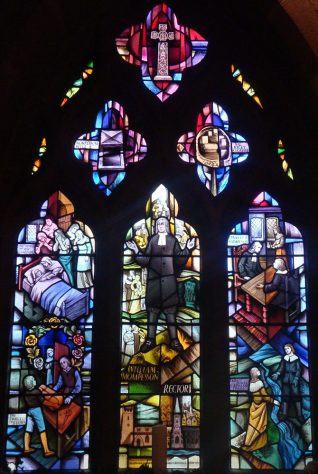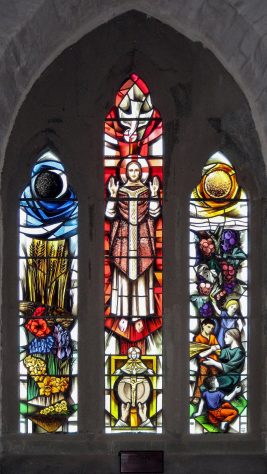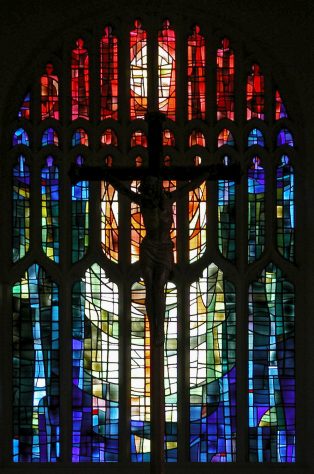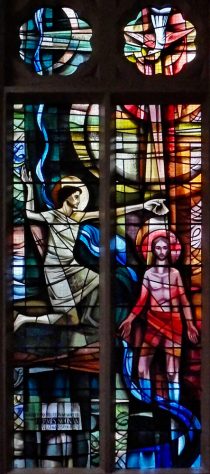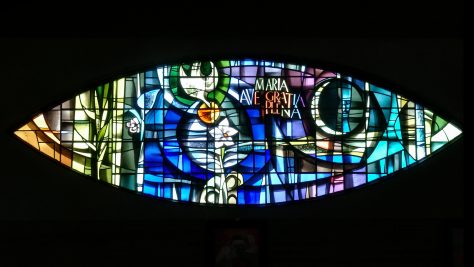Fisher, Alfred
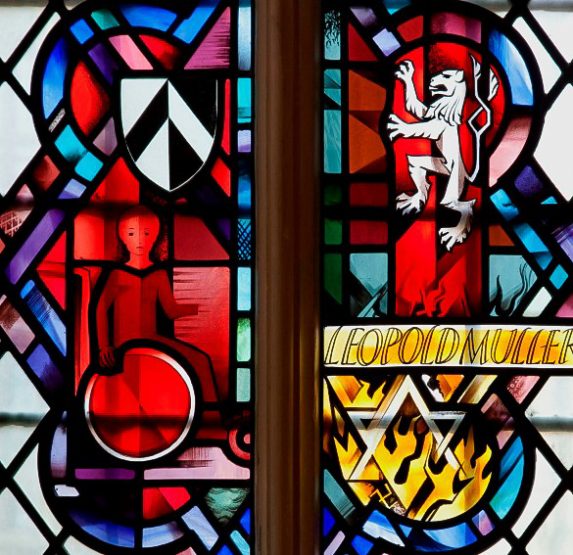
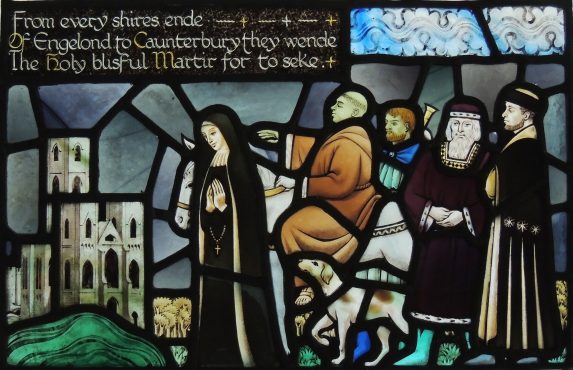
Alfred Fisher MBE FMGP FRSA (b. 1933) trained at Liverpool Arts College before joining James Powell & Sons (Whitefriars) Ltd, where he developed his own distinctive style. In 1973 he co-founded Chapel Studio and worked there until retiring, mixing new work with important conservation projects. Now retired, his legacy of work can be found across the country, including Westminster Abbey, Buckingham Palace, Chequers and the Guildhall.
Source: Alfred Fisher website
Alfred Fisher and the Worshipful Company of Glaziers
The Worshipful Company of Glaziers first appears in written records in 1364-65 during the reign of Edward III, when the emphasis was on the protection of the personal economic welfare of Glaziers. However, in recent times the focus has shifted to the preservation of the heritage of stained glass and to the support of education in architectural glass art, design and conservation.
In 1932 the Company launched an annual competition for young artists, which from 1972 operated under the banner of the Stevens Competition. The competition provided an opportunity for aspiring architectural glass artists, designers, and craftsmen to compete in a format which simulated the process typically undertaken in order to obtain a commercial commission.
Alfred Fisher won awards from the Company in 1956-57, 1958-59, 1961-62, and 1962-63 and subsequently went on to act as a Stevens Competition judge and chair of the judges.
An image of an early Competition panel is shown opposite. Alfred Fisher comments that “At the time I was a draughtsman in the studio at Whitefriars, not having designed anything previously. The total output of the studio was ecclesiastical and I needed to do something different. I was very appreciative of the quality of the Whitefriars glass and wished to use it well but at the same time to demonstrate such skills as I had for the sake of the judges. This was the result – non-ecclesiastical but very traditional technically.”


